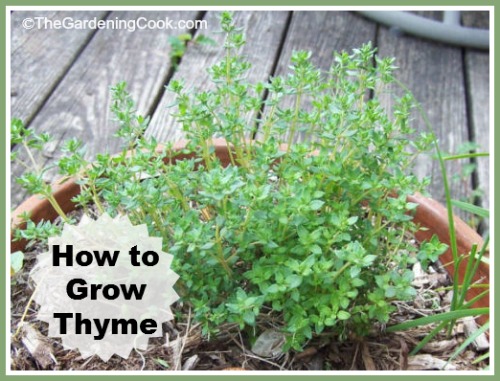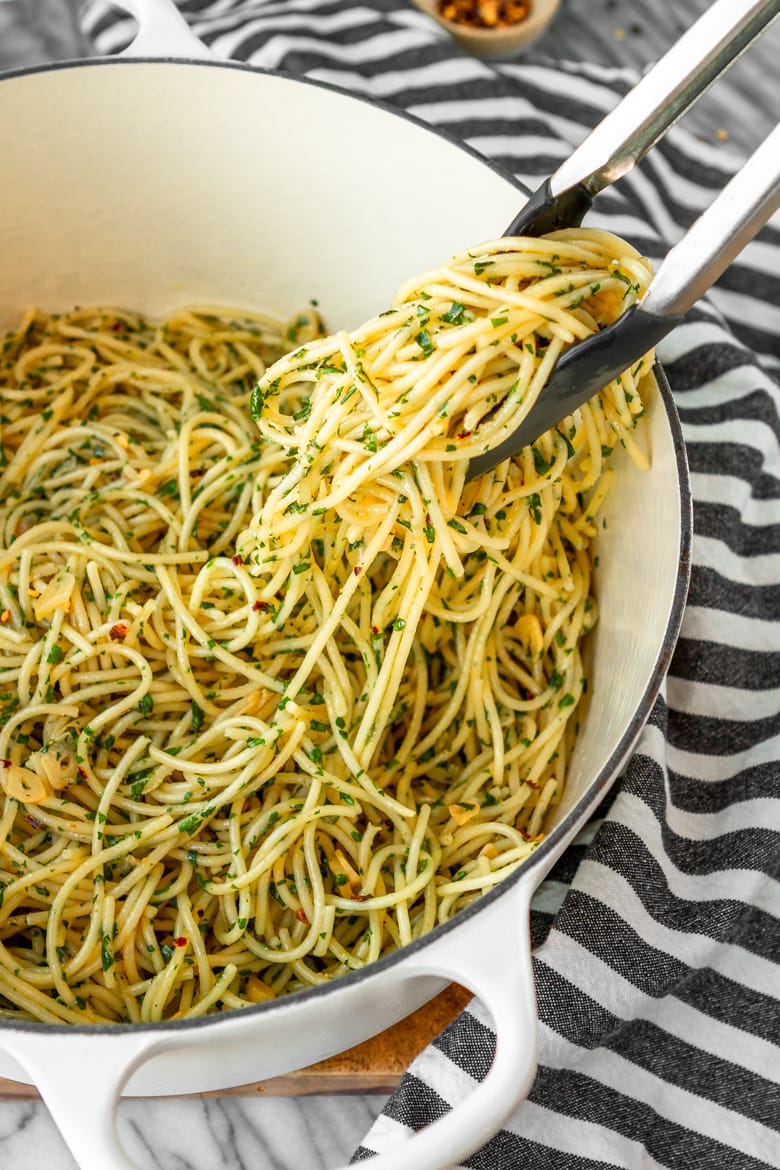
Dill, basil, and parsley are considered mild and fine herbs. Fine herbs are used in salads or eaten raw. They are often added toward the end of the cooking process. Herbs such as rosemary, thyme, sage, and garlic would be classified as robust.įine herbs mix well with other herbs or when cooked, become milder. Robust herbs stand up to cooking and may be used in dishes that are roasted, braised or grilled.
GROWING THYME FULL
Robust herbs are full bodied, rich in flavor and are often used alone or mixed with a few other herbs. Herbs can also be classified as either robust or fine (mild) herbs. This necessitates planning on how you are going to overwinter the plant for next season. Around noon and again in late afternoon, gently shake the plants to encourage the ripe seeds to fall onto the sheets or into the bags. While cutting the ripening tops is one way to obtain seeds, use of cloths, sheets, or paper bags may prove more productive.

Thyme matures unevenly from plant to plant. Once established in your garden these plants will. Step 1: Harvest thyme seeds or purchase them. Perennial herbs include Greek oregano, thyme, sage, winter savory, chives, and mint. They will grow well the first year and come back the second year when they will bloom and set seeds. This helps to avoid disappointment thinking the herb you bought will be a permanent part of the garden when it may not be for the zone in which you are located. Biennial herbs such as parsley and caraway can be started from seed also. It is good to note the hardiness zones of the perennial herbs you buy and the hardiness zone where you garden. Then next season they are moved back outdoors. These herbs are often grown in containers during the summer months and moved indoors before cold weather where they are overwintered in a sunny location of the home. Sow seeds of annual herbs like basil and coriander every couple of weeks to provide you with fresh leaves throughout summer. You can grow herbs indoors on the windowsill, in pots outdoors or straight in the ground.

There are many herbs classified as tender perennials that are sold in parts of the country that do not allow them to overwinter successfully outdoors. Most herbs thrive in full sun in a sheltered position. Herbs can be classified as being either annual, perennial or biennial depending on whether they need to grow from seed each year or come back from overwintering crowns, roots, or bulbs. And in addition to these traditional qualities, many herbs also offer a great deal of ornamental value to the garden as well.

A gardener may wish to choose herb plants that have culinary value and aromatic value. While many herbs are in fact herbaceous, there are a lot that do develop woody stems. With a broad look at the word herb, it is possible to include hundreds of plants that fit the definition. And a broad definition of an herb is defined as a “useful plant” but one has to wonder what is meant by useful. Another definition describes herbs as any plant or plant part that has historically been used for culinary or fragrance purposes. In the botanical sense, an “herb” is an herbaceous plant that lacks a woody stem and dies to the ground each winter.


 0 kommentar(er)
0 kommentar(er)
